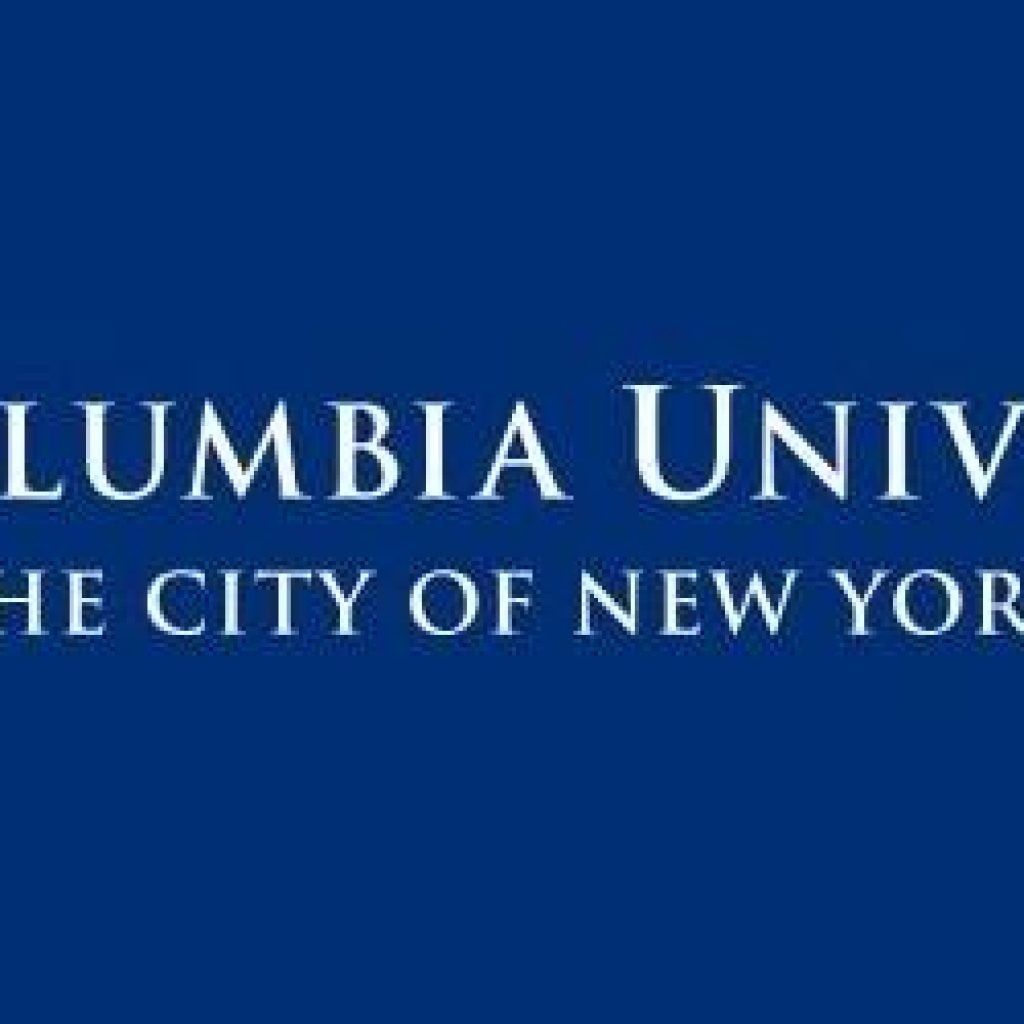(Columbia.edu) A team of Columbia University scientists has been awarded $2 million to execute a project aimed at extending the excited state lifetime of atoms, allowing for new technological innovation and advancing the field of quantum science.
The theoretical ideas behind the project constitute a paradigm shift in the fundamental understanding of light-matter interactions. The convergence between Will’s experimental expertise with ultracold atomic systems, Asenjo-Garcia’s novel theoretical ideas, and the groundbreaking hologram technology developed by Yu gives the team an edge in the race to transform light-matter interfaces. If the team can successfully achieve its goal, the result could redefine the limits of quantum applications and devices, including optical lattice clocks, quantum sensors, and quantum memories.
The funding, spread out over three years, will be used to build an apparatus that can trap individual atoms and allow for them to be rearranged in an arbitrary way, including 3-D structures, rings, and lines. The goal is to arrange those individually trapped atoms in an array such that they “talk” to each other by exchanging light particles, or photons, which will keep the atom in an excited state. The atom traps, formed by intense laser beams, will be generated in a novel way utilizing holographic surfaces that can shape laser beams with the utmost precision and flexibility.
Columbia University Scientists Awarded $2 Million for Quantum Research Aimed at Stabilizing Atomic Excitation
